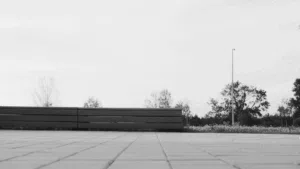In Part 1 we discussed what CrowdANALYTIX’ eCommerce solutions can do to improve conversions for fashion brands as they rely more and more on online sales. The process simply outlined includes:
- Adding subjective tags to products
- Tying attributes and values to the SKUs associated with them
- Creating customer clusters
All using AI algorithms for the fastest, most accurate results.
We then explored how all of this data can be leveraged together to improve three key aspects of eCommerce for fashion retailers: Search, Marketing, and Design. We covered how both Search and Marketing can be improved with new levels of customization, what we call personalized customer experience optimization, or personalized CEX.
The topic of Part 2 is Design. And not just design, but crowdsourced design.
CrowdANALYTIX’ model is already based on crowdsourcing of a different kind. We optimize our AI models by using a global network of more than 25,000 data scientists to create them: hundreds or thousands of data scientists compete against each other to produce accurate models. Clients can then compare thousands of different approaches quickly, with the confidence that biases have been avoided in the process. This is the only model that provides an efficient and cost-effective way of getting many data scientists to work independently on the exact same problem.
Crowdsourced Design
How can crowdsourcing be applied to product design in the fashion industry?
In short, by presenting audiences with variations in color and style of the items they show interest in. This relies on already having “customer clusters” established, as discussed in Part1 of this article. If a customer cluster with interests that align in women’s dressy shoes, for example, has been established, this cluster can be used to determine the best future colors and design options for similar products.
This customer cluster might be presented with several options while shopping for a single item in the “women’s dressy shoes” category. The shape of the shoe might be identical, but the customers are given the choice between a 3-inch heel, a 6-inch heel, and a kitten heel. Or they are given the choice between a black patent leather, a metallic silver, and a soft pink. The likes and dislikes that these customers display in selecting these options can be leveraged to improve the future adoption rate (in this instance, purchase) of women’s dressy shoes by catering specifically to customer needs and desires.
In the traditional design process, which involves teams of designers researching and collaborating on various ideas, most fashion retailers see only a 15% adoption rate after a 10+ month lifecycle. Using this crowdsourced design model, the average retailer sees a 70% uptick in adoption rate after a life cycle of only 5 months, cutting time in half and increasing adoption rate by almost 130%.



